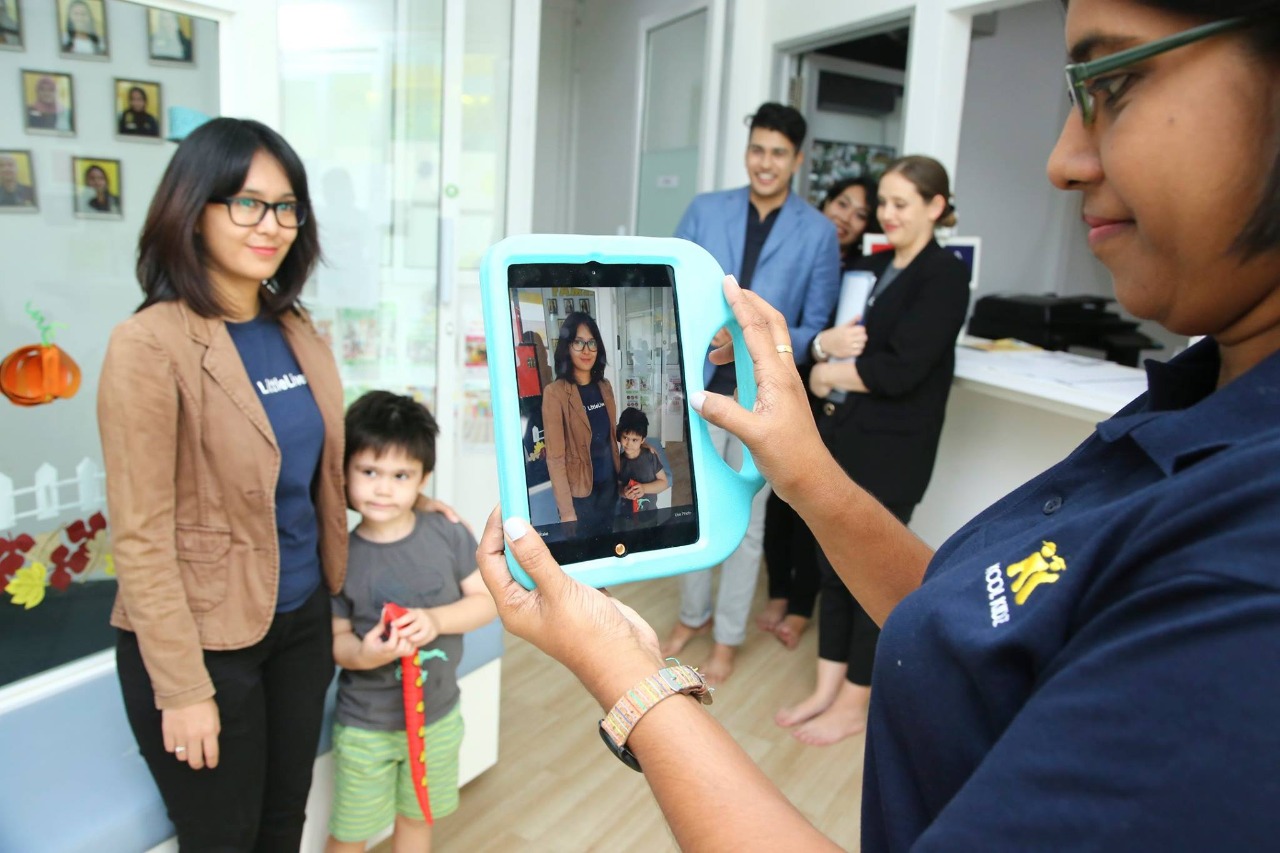Blurred Lines Between Home and School; the Importance of Parent Involvement

This is our reality. Education cannot fall solely on schools and teachers. What we do know is this–children learn and develop best with the significant adults and leaders in their life. This is something we should keep in mind as we think about our current school structures. We need good relationships between schools and families to allow children to have a positive learning experience.

While it may seem simple, our busy lives right now (with a pandemic thrown into the mix), complicate matters. Juggling work-from-home arrangements and family matters may leave parents little time to get to know teachers and school staff. Likewise, pivoting curricula to digital/semi-digital media, while focusing on students, makes it hard for teachers as well. With safety measures in place, some schools may disallow parents from spending too much time in classrooms. Perhaps, past experiences have led to the impression that being in school denotes the student is in trouble.
It could possibly be that the environments we grew up in have created a dichotomy between the roles parents and teachers should play in children’s development. However, learning does not stop after the school bell rings. Children are observant, and they notice how the people in their lives treat one another, make decisions, solve problems. These experiences shape who they become, and in turn how they approach the education of their own kids in the future.
Pick up some tips below on how to take the first step towards greater teacher-parent collaboration.
Getting Started
Before an effective relationship can be nurtured, the starting point is for both educators and parents to understand that they need to trust and respect each other. After all, they are working towards the same goal, with the children’s best interests at heart. Create opportunities for them to come to this realization.
Having a chance to participate in school-activity planning and management could give parents a chance to understand the nuances of school management. From the curriculum planning process, workflow management, to instruction, parents can have the chance to understand the wide range of roles teachers hold. Likewise, they can share more with schools how they can supplement children’s learning.

Teachers, parents, school administrators, and the community can come together to co-create a dynamic and inclusive school environment. By working together, they can achieve this without compromising academic performance and personal boundaries.
Double, triple-hatting
More than being involved in governance, parents can help out in other ways. There are the conventional ones, which parents should be very familiar with – helping children with their homework and attending the routine parent-teacher meetings. However, there could be other ways to get involved – assisting teachers during class, joining in on lessons, and volunteering for school events. The key is to just get involved.
For example, with the Little Family Room app, parents are always kept up-to-date with any school happenings. From available Bulletins on notices and announcements to the latest Events shared by the school, parents will constantly be updated so that they can play a part in their child's adventure at school. If they have any questions, they can easily start a conversation on the app with the class teacher as well.
Parents and guardians can shine a light on their relevant, real-world experiences; these are individual or family-specific examples that teachers may not have experienced. While it may seem hard to achieve, workplace employers can be a part of the change. A mindset shift for employers is important; they need to realize that a supportive workplace breeds supportive families, which would, in the long run, benefit the company. As a bonus, children can embrace a caring home and school environment. They can also develop positive sentiments about school and learning, taking comfort that there is holistic support.
Communication, communication, communication
You guessed it–communication. When parents and teachers keep in constant touch, both sides remain responsive (or at the very least, aware) to childrens’ needs at home and school.
While in-person communication is what we are used to, and definitely effective, this new world brings us another layer of connections, through technology. Nowadays, social media and mobile applications like WhatsApp, Telegram, LittleLives provide a channel for parents to quickly check in (read: REAL-TIME) on their children’s progress, upcoming schedules, and reviews from teachers.

Such technology should be accessible, user-friendly, and effective. While not every institution would be keen to create such a platform on its own, there are very tried-and-tested products on the market that can be customized to each school’s needs.
If parents can spare the time, they could even make an effort to advance their own learning. Setting the example of lifelong learning could set a great precedent for children. This might even make learning management easier for parents and students.
These tips above require a concerted effort by many parties, but ultimately our children will reap the rewards. For more information on an effective aid to connect parents with schools, hit us up at sales@littlelives.com!


